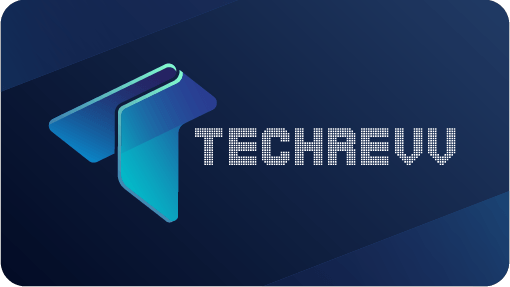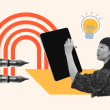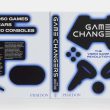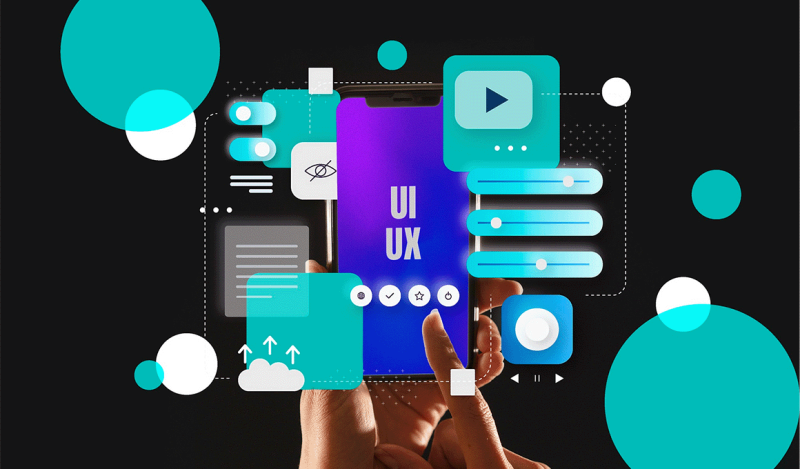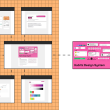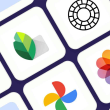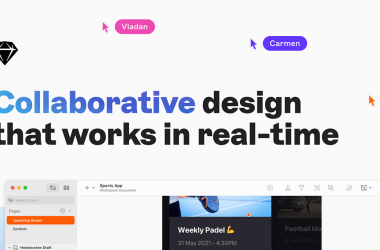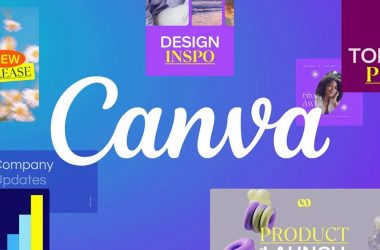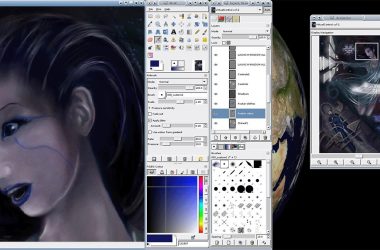FIGJAM” in the context of Figma can take on a more creative and playful meaning, especially for designers who enjoy infusing their work with a sense of humor or personal style. In this sense, “FIGJAM” could be seen as a creative mindset or concept rather than an official feature of Figma.
As a creative design writer, you might interpret “FIGJAM” in Figma as a reminder to inject your personality, flair, and uniqueness into your design projects. Here's how you can approach it:
1. Foster Creativity: Use Figma as a canvas to express your creative ideas and concepts. Whether you're designing a website, app, or any other digital interface, think outside the box and aim to create something that stands out.
2. Incorporate Humor: If it aligns with the project's objectives, consider adding a touch of humor to your designs. This could be through witty microcopy, playful animations, or quirky illustrations. Remember to keep the user experience in mind and ensure that humor doesn't compromise usability.
3. Embrace Personal Style: Let your unique design style shine through. Develop a signature look or design approach that sets you apart from others in your field. Your style could be defined by your choice of colors, typography, or design elements.
4. User-Centered Design: While adding a creative twist, remember the core principles of user-centered design. Ensure that your designs are intuitive, easy to navigate, and meet the needs and expectations of the target audience.
5. Collaboration and Iteration: Figma's collaborative features can help you work with others to refine and improve your designs. Use feedback from colleagues or clients to enhance your work and improve it.
6. Stay Inspired: Continuously seek inspiration from various sources, such as design blogs, art, literature, or pop culture. Incorporate fresh ideas and trends into your designs while putting your creative spin on them.
Remember that “FIGJAM” in this context is about confidently embracing your creative side, taking risks, and infusing your design projects with your personality and style. However, it should be balanced with a strong commitment to delivering effective and user-friendly designs that fulfill their intended purposes.
What Figjam Is Offering To Its Audience
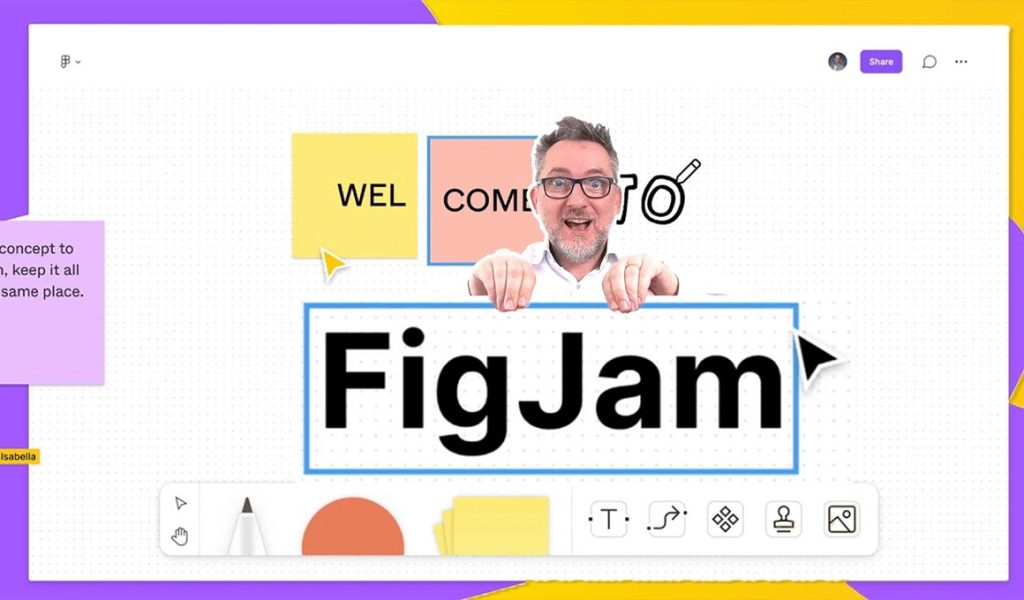
Figma introduced a feature called “Figma Jam” or simply “Jam” within the Figma platform. Figma Jam is a design collaboration space that provides a more informal and flexible environment for brainstorming, ideation, and collaborative sketching. It is designed to encourage creative thinking and teamwork. Remember that the features and offerings may have evolved since then, so it's a good idea to visit the Figma website or consult their documentation for the most up-to-date information.
Here are some key offerings and benefits that Figma Jam was designed to provide to its audience:
1.Informal Collaboration: Figma Jam offers a space where teams can come together in a more relaxed and informal setting to brainstorm, ideate, and sketch ideas. It's intended to be less structured than Figma's traditional design files, allowing for more creative exploration.
2. Real-Time Collaboration: Like the core Figma platform, Figma Jam enables real-time collaboration, so team members can work simultaneously, whether in the same room or distributed across different locations.
3. Low-Fidelity Sketching: Figma Jam is particularly useful for low-fidelity sketching and concept exploration. You can quickly draw, annotate, and experiment with rough ideas, making it a valuable tool for early-stage design discussions.
4. Annotations and Comments: Collaborators can add annotations and comments to the sketches, fostering communication and feedback within the creative process.
5. Integration with Figma: While Figma Jam is a separate space for ideation, it can integrate with the main Figma design platform, allowing you to transition from the ideation phase to actual design work seamlessly.
6. Flexibility: Figma Jam is intended to be a flexible tool adapted to various creative processes, from brainstorming new product features to sketching out user flows, user interfaces, and more.
7. Capture Ideas: It provides a space to capture and preserve ideas that can be refined and developed into high-fidelity designs in the main Figma design files.
Let Embarks More Features Of Figjam
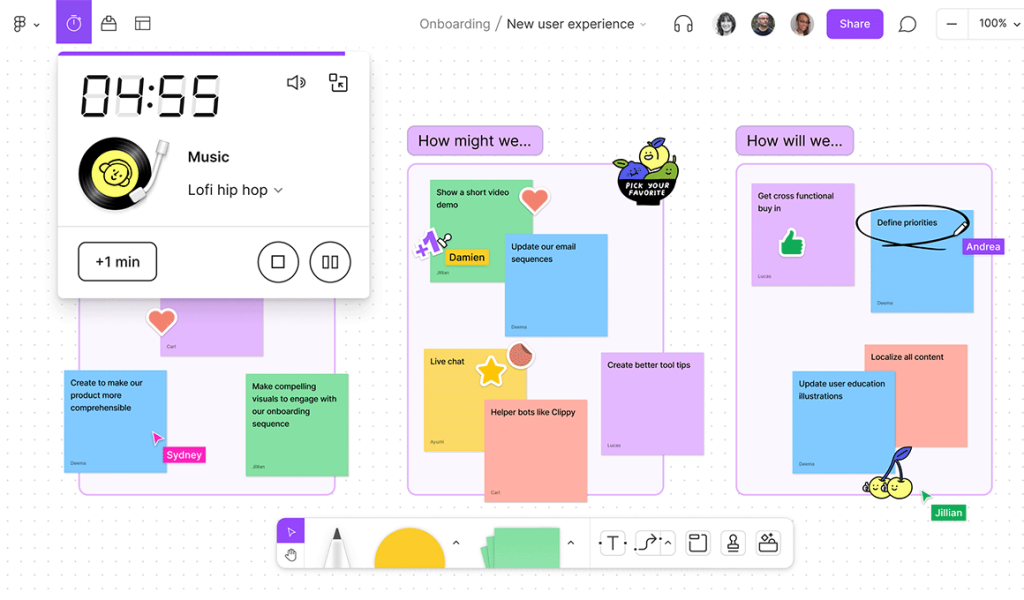
Keep Conversation Going:
This feature is designed to maintain and foster ongoing communication and collaboration within Figma Jam. It includes chat, comments, and other communication tools to facilitate discussion.
Benefits: It helps teams and participants keep the conversation flowing during brainstorming sessions, meetings, and collaborative work, ensuring that ideas are shared, questions are answered, and feedback is provided in real-time.
Express Yourself:
“Express Yourself” allows individuals to showcase their ideas, creativity, and personality within the Figma Jam canvas. It provides tools for freeform drawing, sketching, and visual expression.
Benefits: This feature empowers participants to visually convey their thoughts, concepts, and emotions, promoting creativity and self-expression. It's particularly useful for ideation and brainstorming sessions where traditional text-based communication might be limiting.
Invite People:
The “Invite People” feature allows users to invite others to join the Figma Jam session. It typically includes options to send email invitations or share a link for easy access.
Benefits: Inviting people is essential for collaboration, ensuring the right participants can join the session. It's a key feature for enabling teamwork and involving relevant stakeholders in the creative and collaborative process.
Facilitate Dynamic Conversation:
This feature creates an interactive and dynamic environment for communication and discussion. It includes real-time collaboration, live editing, and visual elements to enhance conversation.
Benefits: Facilitating dynamic conversation ensures teams can engage in active discussions, co-create content, and visualize ideas collaboratively. It helps remove communication barriers and fosters a more engaging and productive conversation.
Turn Ideas into Action:
“Turn Ideas into Action” is the feature that helps teams move from ideation to implementation. It typically involves task management, assigning action items, setting deadlines, and tracking progress.
Benefits: This feature ensures that ideas generated during conversations are not lost but are turned into actionable tasks. It promotes accountability, helps in project management, and ensures that the outcomes of discussions are implemented effectively.
These features collectively make Figma Jam a powerful tool for ideation, collaboration, and creative work. They enable dynamic and interactive conversations, encourage self-expression, and provide the means to turn ideas into tangible actions, ultimately helping teams work more efficiently and effectively together.
Conclusion
Figma Jam has become an essential tool for various creative and collaborative activities, from brainstorming and meetings to diagramming, agile workflows, and strategic planning. Its flexibility and real-time collaboration capabilities make it an invaluable asset for teams looking to streamline their creative processes, communicate effectively, and bring their ideas to fruition.
Figma Jam is a testament to the ever-evolving landscape of digital collaboration, providing a seamless and engaging platform for individuals and teams to work together and turn their collective vision into reality.
